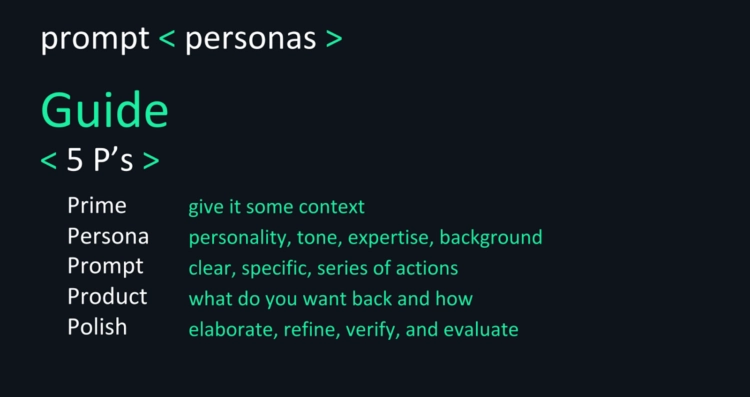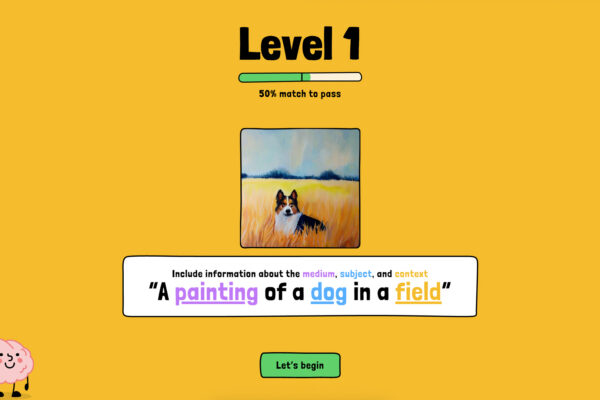
In the realm of artificial intelligence, ChatGPT stands out as a versatile and powerful language model that can assist with a myriad of tasks. Whether you’re seeking to generate creative content, obtain information, or even code, the key to unlocking ChatGPT’s potential lies in crafting effective prompts. This guide will help you understand how to write prompts that yield the best responses.
1. Be Clear and Specific
The clarity and specificity of your prompt are crucial. A vague or broad question can lead to equally vague responses. For instance:
Vague Prompt:
“Tell me about dogs.”
Specific Prompt:
“Can you explain the history and characteristics of the Labrador Retriever breed?”
By narrowing down the scope, you provide the model with a clear direction, resulting in more focused and informative responses.
2. Provide Context
Context helps ChatGPT understand the background or the scenario in which the information is needed. This is especially useful for complex queries or when you need the model to adopt a certain perspective.
Prompt Without Context:
“What are the benefits of exercise?”
Prompt With Context:
“As a fitness coach, I want to explain to my clients the benefits of regular exercise. Can you provide a detailed explanation?”
3. Use Structured Prompts
When seeking detailed information or multiple points, structuring your prompt can guide the model to provide a well-organized response.
Unstructured Prompt:
“Tell me about the causes and effects of climate change.”
Structured Prompt:
“Can you list and explain the main causes of climate change, and then describe its major effects on the environment?”
4. Experiment with Examples
Sometimes, giving examples in your prompt can help ChatGPT understand exactly what you’re looking for.
Prompt Without Example:
“Write a summary of this article.”
Prompt With Example:
“Write a summary of this article similar to how you summarized the previous article about climate change.”
5. Iterate and Refine
Don’t hesitate to refine your prompts based on the responses you receive. Iteration helps you discover what works best for your specific needs.
Initial Prompt:
“Explain photosynthesis.”
Refined Prompt:
“Explain the process of photosynthesis in simple terms suitable for a 5th-grade science class.”
6. Use System Messages
When using platforms that support system messages (like OpenAI’s API), you can set the behavior of the assistant. For example, you can instruct the assistant to be more formal or adopt a teaching style.
System Message:
“You are a knowledgeable science teacher. Explain the concept of black holes to high school students.”
7. Leverage Temperature and Max Tokens
If you have access to settings such as temperature and max tokens, adjust them to fine-tune the creativity and length of the responses. Lower temperatures make the output more focused and deterministic, while higher temperatures increase creativity.
Low Temperature Prompt:
“Provide a factual summary of the causes of World War I.”
High Temperature Prompt:
“Imagine you’re a historian giving a dramatic lecture on the causes of World War I. Describe the events leading up to the war.”
Conclusion
Writing effective prompts for ChatGPT is both an art and a science. By being clear, specific, and structured, providing context, experimenting with examples, refining your prompts, using system messages, and leveraging model settings, you can significantly enhance the quality of the responses you receive. Whether you’re using ChatGPT for personal projects, educational purposes, or professional tasks, mastering prompt writing is your key to success.
Happy prompting!





Leave a Reply